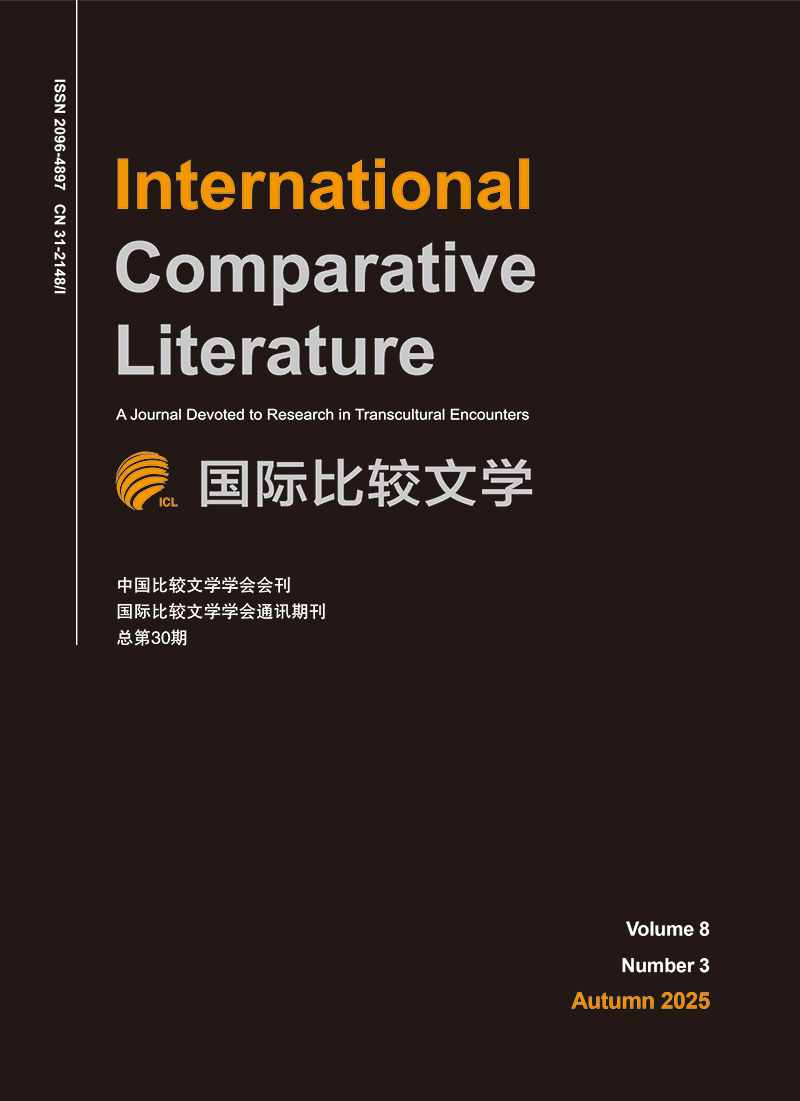2018 Vol. 1, No. 2
Display Method:
2018, 1(2): 161-183.
Abstract:
2018, 1(2): 184-196.
Abstract:
2018, 1(2): 197-215.
Abstract:
2018, 1(2): 216-233.
Abstract:
2018, 1(2): 234-248.
Abstract:
2018, 1(2): 249-259.
Abstract:
2018, 1(2): 263-264.
Abstract:
2018, 1(2): 275-279.
Abstract:
2018, 1(2): 280-286.
Abstract:
2018, 1(2): 287-294.
Abstract:
2018, 1(2): 301-306.
Abstract:
2018, 1(2): 309-321.
Abstract:
2018, 1(2): 328-330.
Abstract:
2018, 1(2): 331-333.
Abstract:
2018, 1(2): 334-337.
Abstract:


